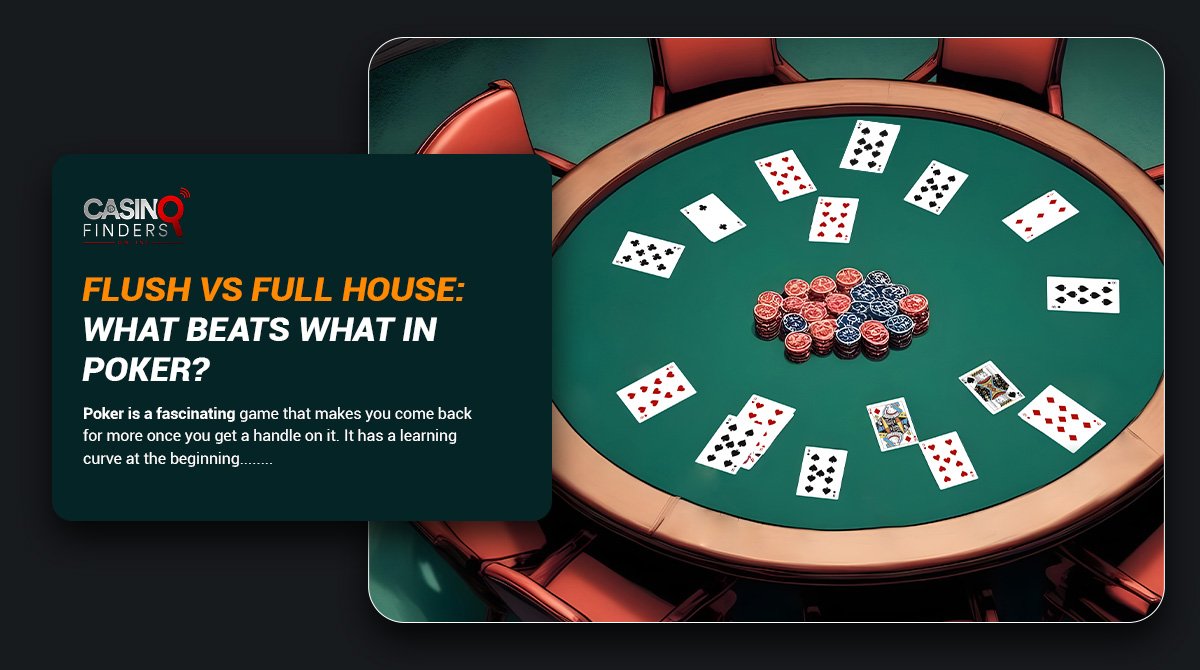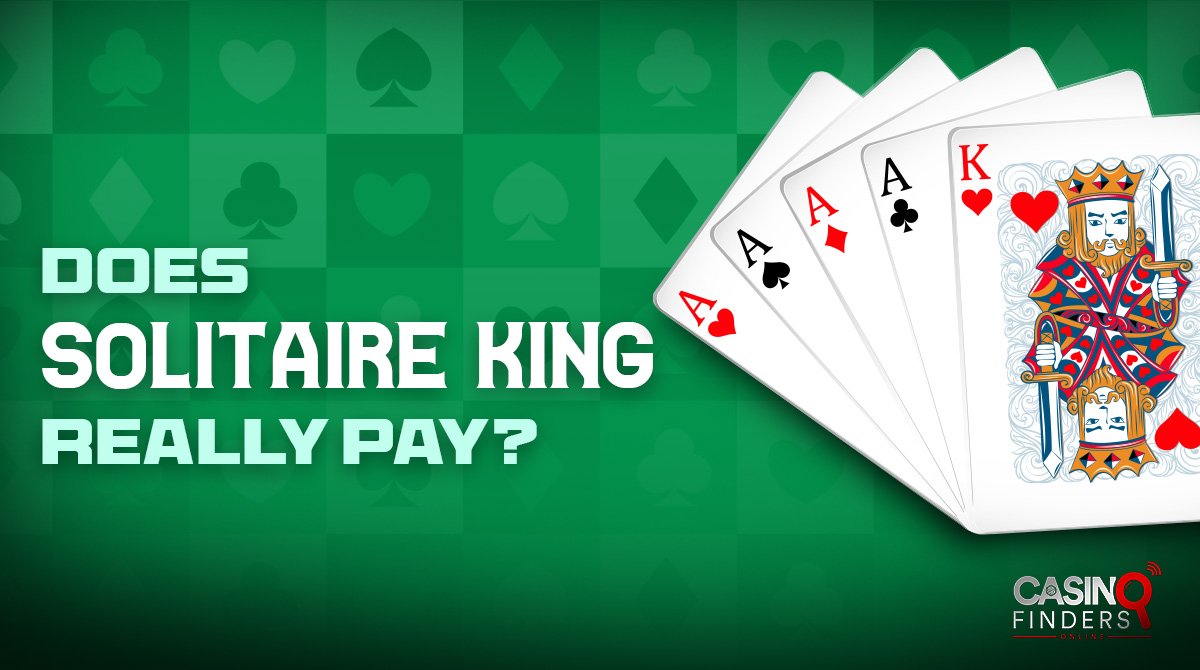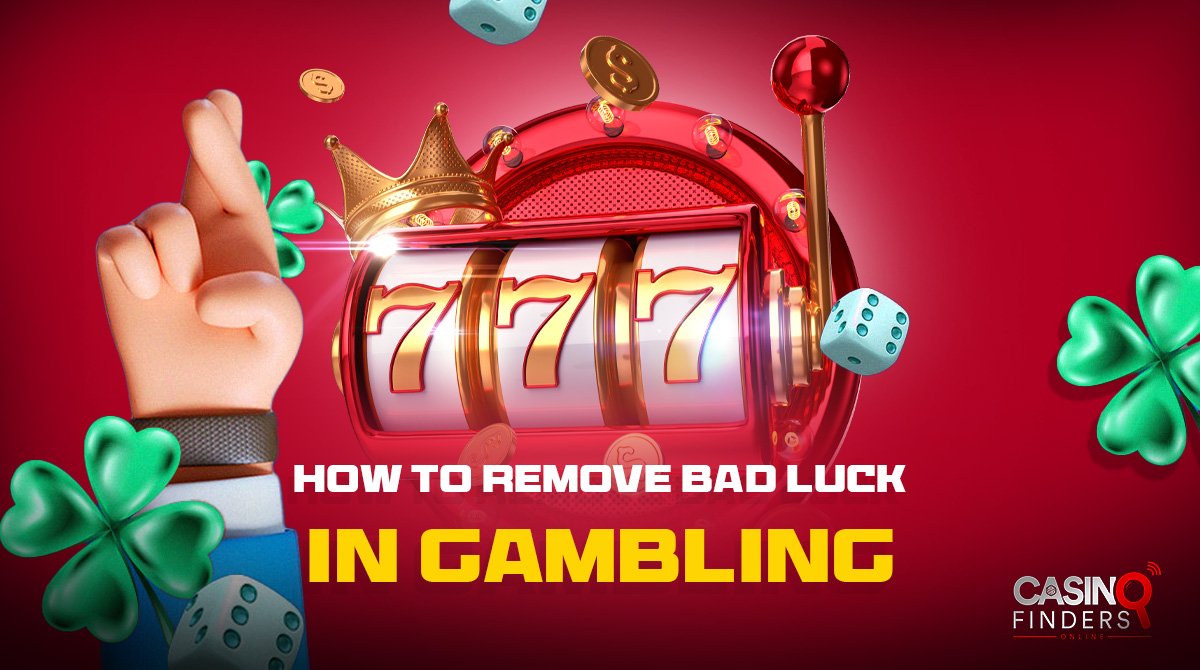Does a Flush beat a Full House or a Straight?
Poker is a fascinating game that makes you come back for more once you get a handle on it. It has a learning curve at the beginning with all the hand rankings and variations, but it becomes easy once you put forward the first steps. Players who are new to the game can sometimes confuse hands which is completely fine and happens to all beginners. A question that pops up the most about hand rankings is whether a flush can beat a full house or a straight hand.
To give you the answer, a Flush hand can beat a Straight but not a Full House. It is exactly ranked between a Full House and a Straight, weaker than the former and stronger than the latter. This rule is based on the Texas Holdem variant, which without a shadow of a doubt, is the most played and popular Poker variant in the eyes of the public.
You will learn more about the reasons why a flush is ranked as such in this article, and come out as a slightly better Poker player.

Hand Rankings recap:
The hands are ranked by how infrequent they happen in the game. The less frequently a hand combination occurs, the higher that combination is ranked, which is a logical method. Understanding hands ranking is fundamental to playing any Poker variant.
Poker comes with more than dozens of variations, and you are not required to learn all of them at once. In lowball Poker variants, the low hands win the game, and Straights and Flushes are not even counted. That remains us with high Poker variants where Flush does play a key role. Examples of high Poker variants include Texas Hold’em, Omaha Hold’em, Seven-Card Stud, Five-Card Stud, etc.
A meaningful combination:
Let’s not forget that the final hand is always a 5-card hand in Poker. Considering all the suits and ranks, there are 2,598,960 possible ways to draw a unique 5-card combination from a 52-card deck.
Most of the possible combinations are random in nature and do not hold specific meanings. The exception is for some meaningful combinations that are categorized as Poker hand rankings with specific orders. Let us look at the Flush hand to know what meaningful combination it holds.
The Flush Hand:
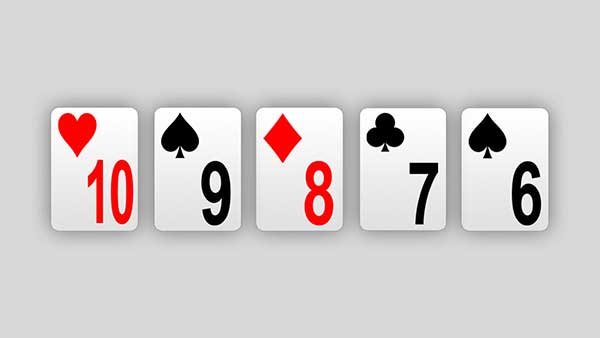
A Flush hand consists of five cards that are identical in the suit. The rank of the cards is of no significance in this hand.
A Flush hand can get three formats depending on the rank of the cards. They are Royal Flush, Straight Flush, and Flush.
In order not to make this simple article a scientific paper in an established journal, I restrain myself from going deep into the math behind the hand rankings. Here is the digestible math after some boring calculations.
Flush hand probability: The probability of making a Flush, except for Royal Flush and Straight Flush, is 0.196%.
The Full House Hand:

When a hand contains a three-of-a-kind and a one-pair at the same time, it is referred to as a Full House. The strength of the three-of-a-kind and the one-pair is consulted first and second, respectively, to break the tie.
Full House hand probability: There is a 0.144% probability of making a Full House hand.
Flush vs. Full House:
A Full House hand always beats a Flush hand in Texas Hold’em and High-ball Poker variants. As discussed before, the lower the probability of a hand occurring, the higher it is ranked. Since a Flush is more likely to occur than a Full House, it is ranked lower. As a result, a Full House hand beats a Flush hand.
The Straight Hand:
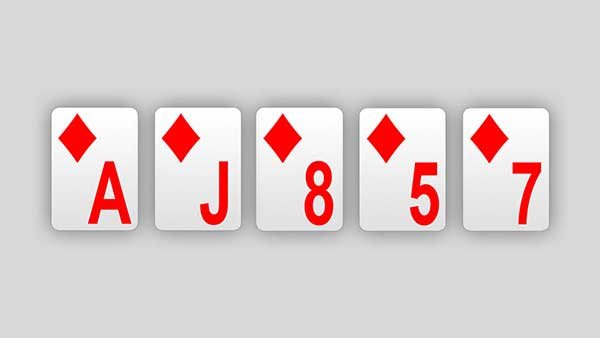
A Straight represents a hand where all 5 cards are in sequential rank order and can be of different suits.
Straight hand probability: There is a 0.392% probability of making a Straight hand.
Flush vs. Straight:
A Flush hand always beats a Straight hand in Texas Hold’em and High-ball Poker variants. A Straight hand is more likely to occur, so it is ranked lower.
In a nutshell:
A Flush beats a Straight but not a Full House. The reason boils down to the probability of each hand occurring in the game. All three hands rarely occur in the game since the probabilities of all hands are less than 1%. In the end, it is the ignorable difference among the probabilities that define the rank in hands.
Read More:
Is Online Poker Legal in California?
Free Online Poker Games With Fake Money
How To Play Poker Online For Real Money?





 Written by
Written by 



 Cashback Bonus
Cashback Bonus




